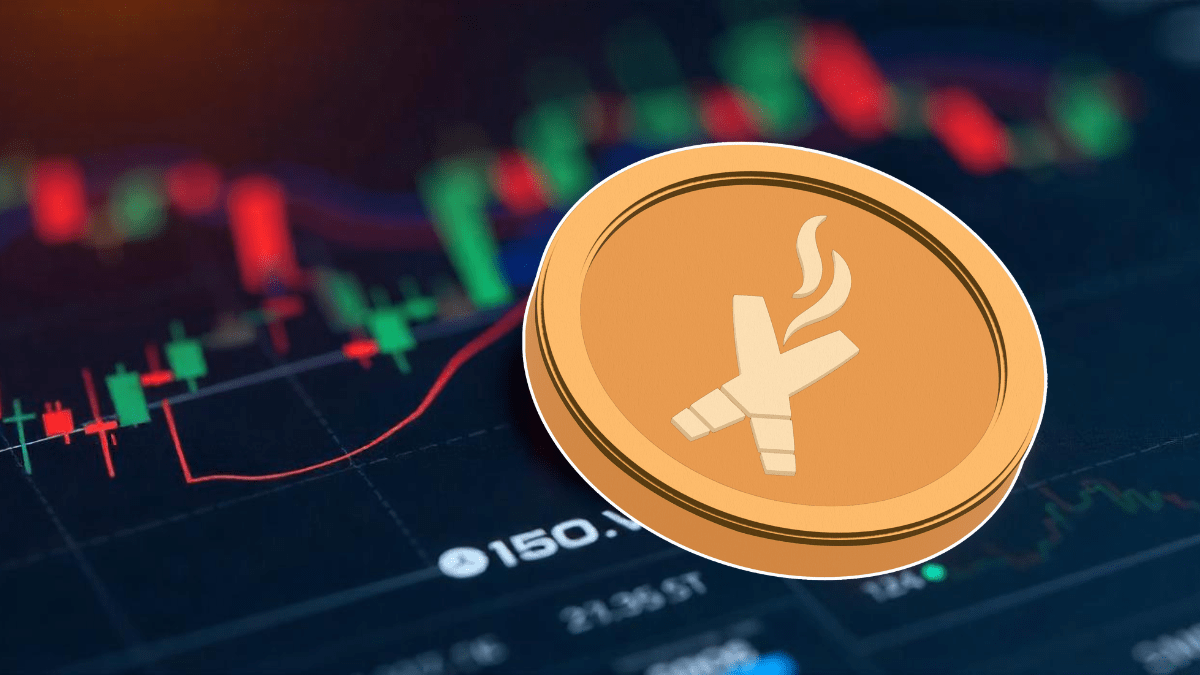Markets brace for reciprocal tariffs impact – United States

Written by the Market Insights Team
Checking in on the auto industry
Kevin Ford – FX & Macro Strategist
The U.S. administration recently imposed a 25% tariff on auto imports, effective April 3, aiming to make it permanent. These tariffs directly impact five key trading partners—Mexico, Japan, South Korea, Canada, and Germany—with Canada standing out as one of the most affected. Ontario, responsible for 85% of Canada’s auto and parts industry, will bear the brunt of this policy. In 2024 alone, the U.S. imported $31.2 billion worth of vehicles and parts from Canada. Major industry players—Ford, GM, Stellantis, Honda, and Toyota—assemble over 1.4 million light vehicles in Canada each year, alongside 460,000 passenger vehicles and 23,000 heavy trucks.
The tariffs are designed to incentivize domestic production, and some foreign automakers, like Hyundai, have committed significant investments, such as $21 billion in U.S. operations between 2025 and 2028. However, the auto industry’s global supply chain presents significant challenges. North America’s interdependent trade network—established through agreements like the 1965 Auto Pact and later reinforced by NAFTA and the USMCA—relies on cross-border cost efficiencies. These agreements have historically been celebrated as milestones in fostering trade cooperation and industry growth.
Achieving fully domestic manufacturing remains a distant goal due to supply chain complexities. Even the Ford F-150, often touted as the “most American” car, saw the U.S. and Canadian share of its value drop from 75% in 2012 to 45% by 2024. U.S. automakers depend heavily on imported components, and while partial exemptions for Canada and Mexico exist, they only apply to parts significantly transformed within the U.S. This leaves manufacturers vulnerable to escalating production costs.
Canada’s counter-tariff list, worth C$155 billion, notably excludes auto-related goods, highlighting the Canadian government’s acknowledgment of the potential damage auto tariffs could inflict on North America’s tightly integrated production network.
As the tariff debate reaches its peak this Wednesday, market uncertainty remains high. Businesses, consumers, and investors are unlikely to receive the policy clarity they seek in the near term. President Trump has mentioned the possibility of negotiating reciprocal tariffs, but he also emphasized the administration’s long-term commitment to sector-specific tariffs, including those on autos.

Uncertainty likely to persist beyond Liberation Day
George Vessey – Lead FX & Macro Strategist
Global markets extended their decline on Monday as trade war concerns continued to dampen investor sentiment, while safe haven Gold saw another strong rally, with prices continuing their run to record highs. The US dollar index ended the month 3% lower, its worst month since November 2022, but started the week on the front foot thanks to some defensive positioning. With so-called “Liberation Day” looming, uncertainty is high, and the range of possible outcomes is wide, with the administration considering various factors, including tariff rates, non-tariff measures, and value-added taxes, which could affect the final outcome.
The US administration’s chaotic approach to economic and trade policy seems to be weighing more heavily on its domestic consumers and businesses relative to peers. This is evidenced by recent US survey data with uncertainty on main street near record highs and consumer confidence at multi-year lows as respondents remain hesitant about economic conditions amid ongoing policy developments. With inflation still stuck above the Fed’s 2% target, and uncertainty around how much tariffs may fuel a rise in prices for consumers and businesses, the central bank has so far in 2025 maintained its benchmark rate at the current level of 4.25% to 4.5%. While the reciprocal tariff announcement tomorrow should provide some incremental clarity on the countries and products impacted and the rates of the levies, these will likely be subject to continued negotiation.
As such, scope for a sustained rebound in risk appetite and therefore risky assets, like equities and pro-cyclical or commodity-linked currencies, appears limited in our view. If trade frictions worsen, a recession is a realistic risk across major economies. This is why hard economic data remains integral too, with eyes on US ISM manufacturing PMI and JOLTS job openings today.

Euro held back by softer inflation
George Vessey – Lead FX & Macro Strategist
The euro stabilised around the $1.08 level at the start this week as investors assessed key inflation data while bracing for reciprocal US tariffs set to take effect on Wednesday. Expected volatility in EUR/USD remains subdued, reflecting trader complacency, with one-week swings estimated within 1.3% – a far cry from recent 1-week ranges. The currency pair staged a 1-week rise of 4.4% earlier this month – its second biggest rise since 2009.
On the data front, inflation for March brought some relief for the European Central Bank (ECB) yesterday. German headline inflation eased to 2.2% y/y – a 2-year low, while core inflation dipped to 2.5% from 2.6%. Across the eurozone, inflation also fell sharply to 2.3% from 2.8% in February. Germany’s import prices did surge 3.65% though, the highest since January 2023, while retail sales rose 0.8% m/m, marking the biggest increase in five months. Despite this resilience, Germany’s 10-year Bund yield fell to a four-week low as global borrowing costs declined amid escalating trade war fears. Still, the spread between US 10-year Treasury yields and German Bunds has narrowed by the sharpest margin since 2008 (excluding pandemic-related moves). This has coincided with the over 4% rise in EUR/USD this quarter – the strongest Q1 since 2016.
This mostly reflects Germany’s fiscal stimulus package, which aims to support growth. It also reflects the growing concern over inflation risks, potentially keeping ECB rate cutting at bay. But while trade tensions could temporarily lift inflation, a prolonged trade war might weaken growth, turning into a disinflationary force.
For now, euro traders remain on edge because if the US does opt for high tariffs on all EU products this week, EUR/USD could be driven back towards the 200-day moving average nearer $1.07. Conversely, there is a chance traders view this as riskier to the US economic outlook, in which case EUR/USD could move back above $1.09

Lacking directional conviction
George Vessey – Lead FX & Macro Strategist
The British pound edged higher against the euro and slightly lower against the dollar on Monday, though the latter clocked its best month since November 2023. Nervousness about the scale and timeline of Trump’s proposed tariffs keeps direction relatively random, confirming a lack of conviction as to how the currency market should react to the announcements on Wednesday.
With focus on April seasonality and bets the UK economy may prove to be relatively shielded from US tariff announcements this week, the pound looks to be in a more favourable position relative to its peers. Because the UK is perceived to be relatively at little risk to US tariffs relative to major peers, sterling has at times found itself well supported around tariff announcements. Indeed, GBP/EUR has recorded three consecutive weekly advances against the euro, although upside momentum is far from strong and the pair is prone to mean reversion around €1.19. Plus, given the elevated focus on tariffs, anything short of immediate implementation could drive some relief for the euro in the short term.
On the data front, the Lloyds business optimism index was published yesterday. This is a strong leading indicator of economic activity in the UK and has rebounded back to levels seen only a handful of times since 2017. Final PMI figures for March are due this week, but will play second fiddle to the tariff chatter.

Mexican Peso slides, erasing yearly gains as April 2nd approaches
Table: 7-day currency trends and trading ranges

Key global risk events
Calendar: March 31- April 4

All times are in ET
Have a question? [email protected]
*The FX rates published are provided by Convera’s Market Insights team for research purposes only. The rates have a unique source and may not align to any live exchange rates quoted on other sites. They are not an indication of actual buy/sell rates, or a financial offer.



























